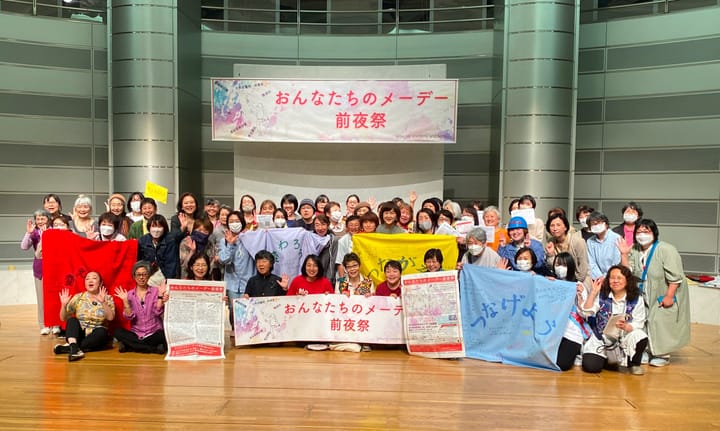Baby Blues: Japan's fertility crisis

Two decades ago, journalists in Japan were warned off covering Princess Masako’s visits to fertility doctors. The wife of the future emperor, then in her late thirties, was being nudged to produce an heir to the Chrysanthemum Throne. Foreign newspapers, under less pressure to observe the taboos on reporting the private matters of Japan’s imperial family, reported that Masako eventually produced the world’s first “test tube emperor.”
IVF treatment has come out of the shadows a bit since 2001. Like his predecessor Shinzo Abe, Prime Minister Yoshihide Suga has identified Japan’s baby drought as a major point of government concern. Last month Suga said national health insurance would be expanded to cover fertility treatment for couples struggling to have children (at present, it is not). These treatments can cost ¥300,000 to ¥500,000 a cycle. Many women plough through their life savings in multiple, often fruitless attempts to get pregnant.
Fertilization treatment is big business in Japan. There are more hospitals and clinics offering treatment here than the United States and about six times as many as Britain. Over 50,000 babies are born every year with the help of IVF 5% of all Japanese births. Yet, fewer than 10% of IVF treatments work, says Yoshimasa Asada, a fertility specialist. And the number is falling. “We have the world’s highest IVF numbers, and the lowest success rate,” he laments. “It’s a national embarrassment.”
Nearly one-in-five Japanese couples struggle to have children, says the health ministry. Career and financial stresses are to blame. Women are postponing marriage and motherhood, partly because in many cases they mean quitting work.* Social pressures mean there are far fewer babies born out of wedlock than in other rich countries. The upshot is that around 40% of Japanese women who try fertility treatment, including IVF, are in their 40s, which is more than three times as many as in Britain or France. Princess Masako’s struggles have become far more common.
Hospitals sell rosy expectations to older women, says Asada, and are happy to take their money for repeat visits. Miscarriages are more common in older women. Doctors avoid using the stronger drugs needed to help them conceive, partly because of popular fears about side effects. Independent auditing of the 600 or so hospitals and clinics that offer treatment would help but, unlike in some other countries such as Britain, it does not exist. Couples must rely on word of mouth, says Klaus Jacobsen, president of Origio Japan, a Danish company that sells IVF products.
Suga is the latest prime minister to sound the alarm on Japan’s demography. Births have dipped below one million for the first time since the state began compiling statistics in 1899 (they hit a record low of 865,000 in 2019). The fertility rate (the number of children a woman is expected to bear over her lifetime) is well below the number needed to replace the population. Most forecasts project a population decline of at least a third by 2060, intensely worrying for those who assume that growth is the key driver of national prosperity.
Suga’s initiative may be new but the offer of government help is not. The state began offering IVF subsidies in 2004. Couples currently get ¥150,000 toward the first attempt and a limited number of follow-ups. But there are conditions: an age limit of 43 and a cap on earnings, says Akiko Matsumoto of the Fertility Information Network, an NPO. Despite that help, the birthrate continues to fall, as it does in many advanced economies.
Immigration fills the gap elsewhere, but Japan has so far shunned that solution – or set the hurdles so high as to discourage most foreign workers.: “Japan’s reliance on foreign labor is only 0.3 percent of its workforce,” said an IMF paper in 2015, far below the 5% share in most advanced countries.
After taking power, Abe pledged to halt the population decline at 100 million (down from 127 million) and raise the average birthrate to 1.8 children per woman (from 1.4). Both pledges triggered much head scratching, not least because a recovery of that magnitude would require nothing less than a complete overhaul of employment practices at Japan’s corporations, with their punishing demands on young workers. In short, both men and women would need far more support to balance work and domestic obligations. This would have to happen during a historical labor crunch.
With state help, the technological fixes may help alleviate the agony of couples trying to reproduce, but they are unlikely to rescue Japan from its demographic crisis. The government will have to either embrace mass immigration, push for something akin to a revolution in its working practices, or abandon its great power ambitions and allow the population to slowly decline, freeing up resources and space. Having shown Asia how to develop in the 20th century, Japan could lead the way in dealing with an aging, shrinking society in this one.


